Flower Arrangement Art (Make Your Home Unique)
Take flowers and plants, place them in containers, and turn them into scenery. In this process, various rituals are used to present them.
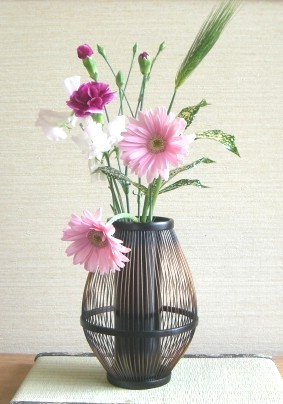
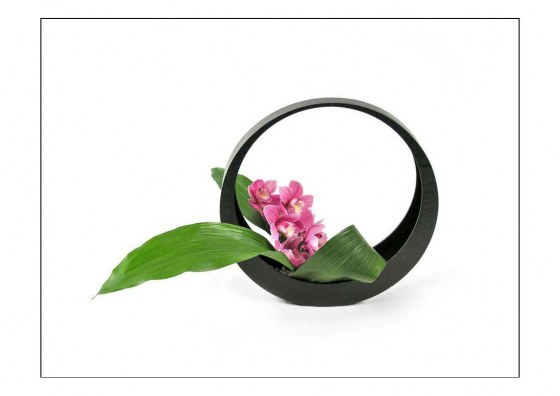
During the Sui Dynasty, Ono no Imoko was sent as an envoy to Japan and brought back flower arrangements for gardening and offering to Buddha.
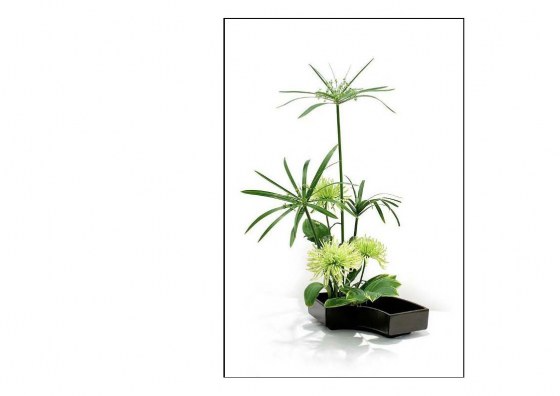
Ono no Imoko lived in Ikenobo, a temple in the Toho-ji Temple in Kyoto.
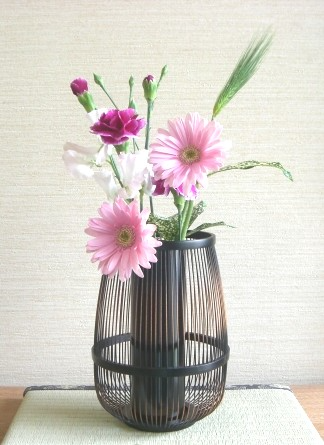
Japanese flower arrangement has been here for a long time. That is to say, flower arrangement was born with Buddhism at the beginning. 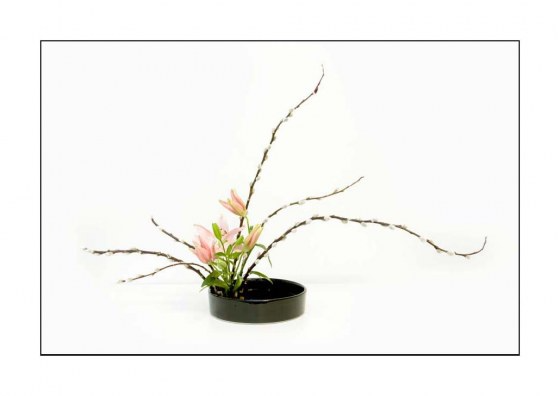
From the 8th to the 12th century, flower arrangement gradually got rid of the Buddhist color and evolved into an art for people to appreciate. 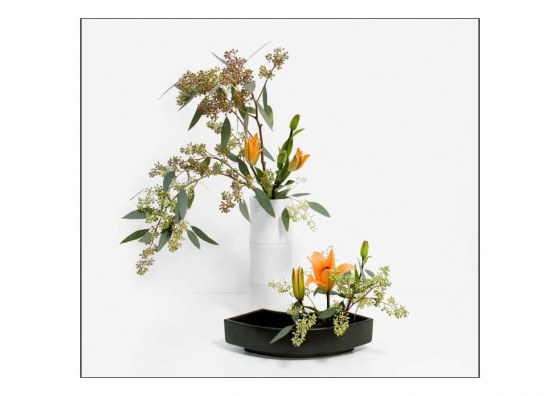
Nowadays, flower arrangement works can be seen everywhere in Japan, and there are flower arrangement schools everywhere. Japanese women regard flower arrangement as a compulsory course.
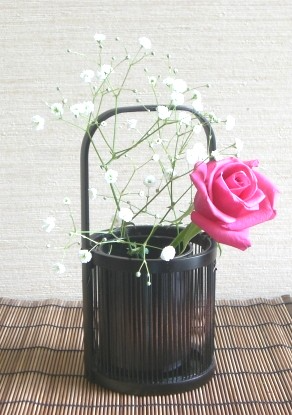
Flower arrangement enthusiasts account for a quarter of Japan's total population. Just imagine what a number this is.
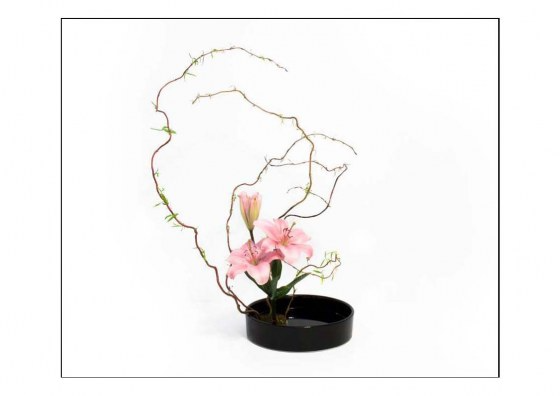
Flower arrangement represents a kind of interest in life. It is an excellent way to cultivate temperament and aesthetics. It can be said that it is indispensable for every family.
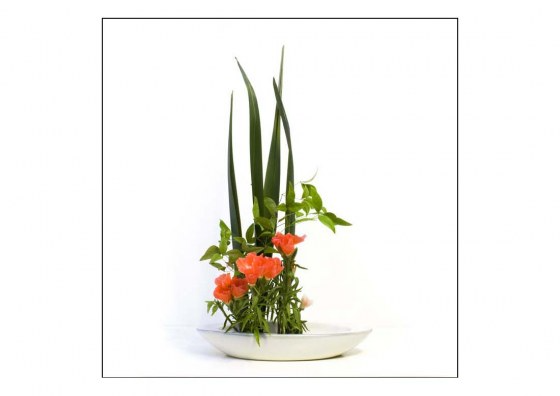
Japanese flower arrangement has gone through three stages: classical flower arrangement art, naturalistic flower arrangement art, and modern flower arrangement art.

History of Ikebana
1) During the Muromachi period, flower arranging artists emerged. Among them, Ikebana Shokei created the "Tachibana" flower form and standardized it into an independent art.


It is to show the colorful flowers, plants and trees on the mountains and plains in the vase.
Its style is: a variety of flowers that are both contradictory and complementary to each other.

It faithfully reproduces the beauty of nature. Compared with "raw flowers", it is richer and more varied.


Some say Togudo was the first teahouse in Japan and the birthplace of flower arrangement (as well as tea ceremony and Noh). During the time of Ashikaga Yoshimasa, flower arrangement had been accepted and appreciated by all classes.

3) The “Seihana” flower form appeared in the middle of the Edo period. Shenghana is a way of expressing flowers to keep their vitality, and what it wants to show is the high vitality.

For "shenghua", the water surface of the flower pot (called "shuiji") symbolizes the earth or a lake.

Shenghua has three main branches: "main", "secondary" and "main body", forming a triangle, and generally uses three kinds of flowers. Its style is: simple, bright and modern.

4) In the late 16th century, a new flower shape, the "thrown flower", appeared. Flowers were naturally "thrown" into a deep vase, creating a simple, natural and casual personality.

5) In 1717, the monograph "Complete Works of Flower Arrangement" was published, which made the flower arrangement business more prosperous.

6) In the 1890s, a new flower arrangement appeared, "flower arrangement", which more concentratedly presented the natural beauty. Flowers were placed on the utensils using a water tray or basket. This flower arrangement method is the mainstream of modern flower arrangement art.

7) "Free flower" is a flower arrangement format that has only recently appeared. It is a flower arrangement format that was born in the trend of Westernization. It advocates expressing individuality and expressing the natural beauty and basic characteristics of various flowers.

In general, it is a simplification of the style of opposing flowers, expressing the flower arranger's unique feeling for beauty, and is unconventional in the selection of materials and utensils.

The basic spirit of all flower
arrangement schools is the harmonious unity of "heaven, earth and man", which is a unique oriental concept of nature and philosophy.

Ikebana artists not only believe that flowers are beautiful, but also that they reflect the passage of time and people's inner emotions.

Ikebana is about presenting something beautiful, but it is also a way of expression and practice.

This requires a spirit of dedication: just as nature selflessly presents the beautiful flowers and trees to mankind.

To achieve a state of being one with flowers requires training to make one's mind as calm as a mirror.
Praising nature, etiquette, virtue, the spirit in the chest, and the clarity of the mind are all part of the theme of flower arrangement.

What it pursues is the artistic conception of "tranquility, elegance, beauty, truth and harmony".
Since flower arrangement
was introduced to Japan, two to three thousand schools have been created based on the Japanese people's preferences, appreciation angles, and the differences in flowers and plants of the four seasons.
Ikenobo Tachibana:

Ikebana is the oldest school of Japanese flower arrangement, with about 1 million disciples. Ikebana has become synonymous with Japanese flower arrangement.

The history of Ikebana is the history of flower arrangement.

Ikebana flower arrangement has a long history of more than 500 years. It is the origin of Japanese flower arrangement and the oldest flower arrangement in Japan. Its origin can be traced back to the Buddhist flower arrangement in the Sui Dynasty. 
The founder was Ikebana Senkei in the middle of the Muromachi period. Ikebana is the name of the monk's room in Rokkakudo, Kyoto. Because Senkei was a monk here, he was named "Ikebana Senkei".  Citizens at that time often gathered around Senkei to watch his flower arrangement. Senkei also often went in and out of the samurai's residence to perform flower art for them.
Citizens at that time often gathered around Senkei to watch his flower arrangement. Senkei also often went in and out of the samurai's residence to perform flower art for them.

Unborn Flow:
The Misho-ryu school was founded by Misho Ikpo in the late Edo period.
The Confucian concept of the trinity of "heaven, earth, and man" is the principle of Misho-ryu flower arrangement.

Misho-ryu called flower arrangement "gehua" to symbolize "the sky is round and the earth is square". The right-angled isosceles triangle is its basic flower shape. 
When arranging flowers, three branches are added, namely "ti", "liu" and "yong", which are high, medium and low. This is called "sancaige".

Ohara school:
The Obara school was founded by Obara Unshin in the late 19th century.
Obara Unshin originally studied under Ikebana, but later found that the center of gravity of Ikebana's flower arrangement was too high, so he created a flower arrangement technique with the center of gravity lowered.

It advocates "naturalism" and is characterized by recreating natural beauty and displaying the properties of plants. It has a sense of the times and a fresh style.

Ohara Unshin's son Ohara Mitsuyun changed the previous one-on-one teaching method and adopted collective recruitment and collective teaching, which had a groundbreaking impact.

A new style called "flower design" appeared in the fourth generation of the Ohara school. It uses fewer flowers and respects the individuality of the flowers, which is suitable for use in living spaces. It is a popular form of flower arrangement.

The Obara school regards flower arrangement as a way to understand life and nature. The flower arranger needs to have an understanding of the rise and fall of all things, and the alternation of the laws of nature.

Sogetsu School:
A new school founded by Teshigahara Sofu in 1927. In 1928, Sofu held the first Sogetsu exhibition at Ginza Sembikiya, and his "light and fashionable" style attracted people's attention.

After the war, Sogetsu-ryu became one of the most influential flower arrangement schools in Japan. Cangfeng himself went to Europe and the United States many times to perform flower arrangement and received high praise.

In November 2004, the fourth-generation head of the Sogetsu-ryu, Akane Toshikawahara, performed the school's flower arranging art at the "First Japan Fashion Boutique Exhibition".

The reporter commented that "the flower arrangements of the Sogetsu school embody the spirit of pursuit of freedom in form, embellishing the entire space with great beauty and brightness." Indeed, the Sogetsu school is a "revolutionary" and "modernist" school in flower arrangement, and they advocate the free and bold use of vases and the handling of flowers.

Wire, plastic, glass, plaster, etc. are the auxiliary materials they commonly use for flower arrangement.
On March 11, 2007, the Sogetsu-ryu Festival, celebrating the 80th anniversary of the founding of the Sogetsu-ryu school, was held at the Ryogoku Kokugikan in Tokyo.

Matsukaze-ryu:
Founded by Ms. Oshikawa Josui in Tokyo in 1916. It was renamed Matsukaze Ikebana in 1977. Matsukaze Ikebana's flower arrangement philosophy includes a variety of creative flower patterns such as classical, modern, abstract, static, and dynamic, and is a school suitable for all ages.
Ikebana vessels
In the Kamakura period, there were five vessels for offering flowers to the Buddha: an incense burner, a pair of candlesticks, and a pair of vases, known as the "five-component set". In the Muromachi period, it was simplified to three: an incense burner, a candlestick, and a vase, known as the "three-component set". Three flowers were placed neatly in the vase, representing the Buddha, the Dharma, and the monk, respectively, known as the "three-component set".


For flower art practitioners, any object can be used as a flower vase, including ceramic vases, porcelain and lacquerware, plastic, glass, Jingtai baskets, bamboo rattan, dried gourds, etc. 
The flower vase in oriental flower arrangement has an extraordinary role. On the one hand, the flower vase holds water to grow flowers, and on the other hand, it also sets off the posture and artistic conception of the flower arrangement.


Flower arrangement vessels can be divided into: traditional vessels and modern free flower vessels. The shapes of traditional vessels are relatively regular, usually with a large top and a small bottom. Free flower vessels, on the other hand, have different shapes and are not restricted by rules.

Flower arrangement utensils are divided into glass, ceramics, metal, plastic, bamboo, etc. Different schools have strict requirements on utensils, and the most commonly used are ceramics and glass, especially the former.



The tools for flower arrangement generally include: flower tray, kettle, lead, saw, thick-bladed knife, awl, hammer, mallet, pliers, knife, flower clips, chisel, two-headed nails, and wire.



If you like learning and growing, this is a place you can't miss! I hope to pass on love and positive energy with you.